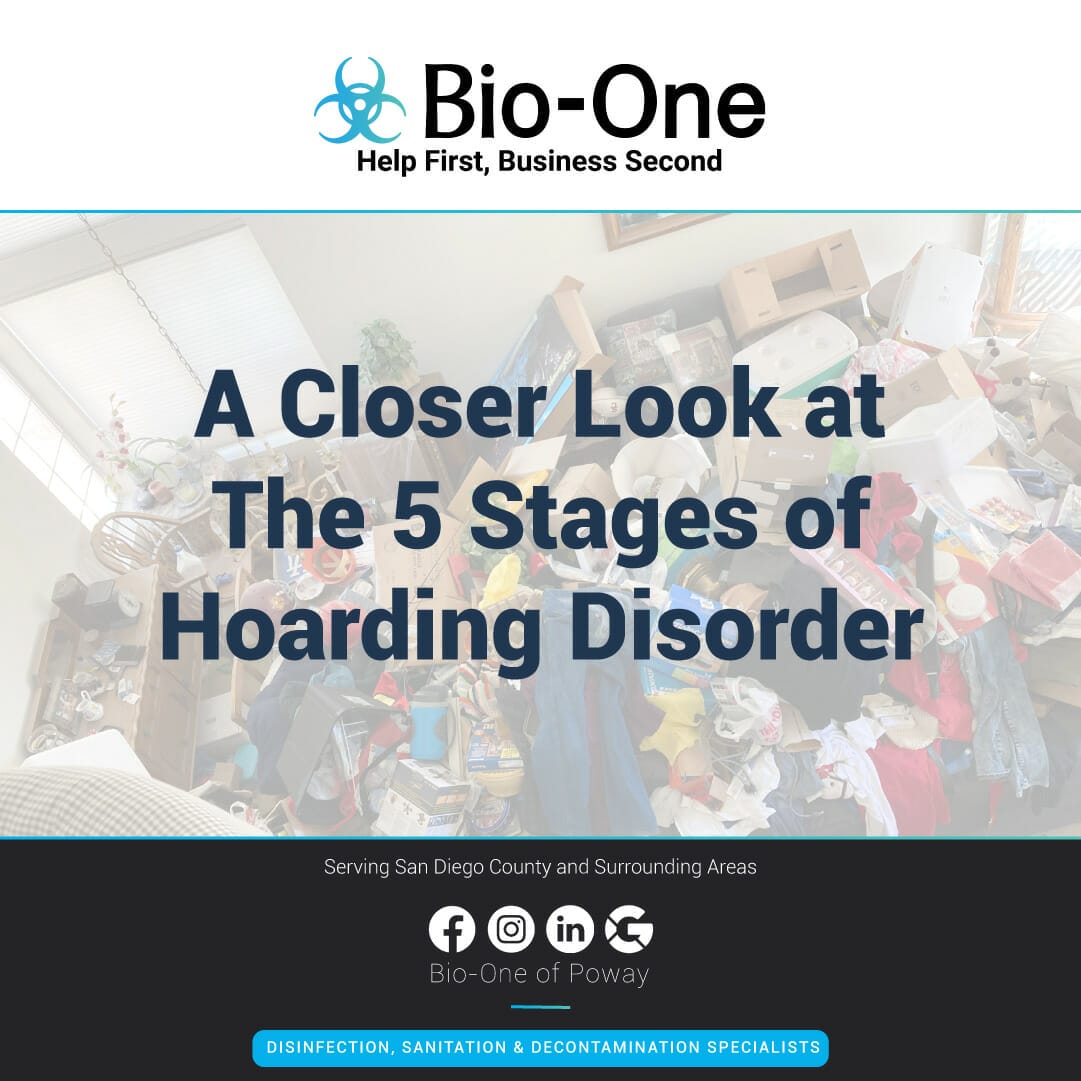
Hoarding disorder is a mental illness that affects people from all demographics. It makes it challenging for individuals to discard items, even after they have outlived their usefulness, which leads to the accumulation of possessions to the point they impede normal daily functions. While many are familiar with Hoarding Disorder, few understand its stages, and it creates more misconceptions and stigma around the illness. In this post, we’ll take a closer look at the 5 stages of Hoarding Disorder, the dangers associated with each stage, and the treatment options.
What is Hoarding Disorder?
Hoarding disorder is a clinically recognized mental illness that falls under the category of obsessive-compulsive disorder (OCD). It involves persistent difficulty in discarding or parting with possessions, regardless of their actual value. People with hoarding disorder have an intense emotional attachment to their belongings and fear that something terrible will happen if they get rid of them.

Stage 1: Clutter
This stage is characterized by clutter in the home, primarily noticeable in the form of disorganization and difficulty cleaning. Homeowners in this stage often have a difficult time disposing of items that have outlived their usefulness. While clutter is often overwhelming, cleanup and recovery are possible at this stage.
Stage 2: Collecting and Deteriorating Health
At this stage, homeowners start to collect items, including hoarding items that may have no value or use. This stage can be challenging to reverse, with recovery often requiring significant help from friends, family, or professionals.
Hoarders at this stage may start to experience health issues due to the accumulation of possessions, including respiratory problems and injuries from falling objects.
Stage 3: Moderated Clutter and Room Filling
This stage involves room -or home- filling levels of collected items, significantly reducing the person's ability to move around. Living space becomes cluttered, and health and safety issues emerge, increasing the risk of falls, fires, and infestations.

Stage 4: Home Outside
At this stage, the collected items start to overrun the home, including outside areas like patios, gardens, and the garage. Among the stages of hoarding, this can be the most difficult one, as individuals often find it impossible to leave their homes because of the accumulation and the associated safety hazards.
Stage 5: Severe Hoarding
This stage involves extreme clutter, and the collected items pose an immediate threat to life. Living conditions become unsanitary and dangerous, often attracting pests and creating fire hazards. Recovery from this stage necessitates a professional biohazard cleanup team that specializes in restoring spaces contaminated by gross filth or involved with severe hoarding.

Is There a Treatment for Hoarding Disorder?
Yes, there are various treatment options for Hoarding Disorder. The most commonly used treatment is Cognitive-Behavioral Therapy (CBT), which aims to change the individual's thought patterns and behaviors related to hoarding. This therapy also helps individuals develop decision-making skills and improve their organizational abilities.
Another treatment option is medication, which may be used in conjunction with therapy. It requires an assessment from a mental health professional to determine the appropriate medication. However, medication alone is not considered an effective treatment for hoarding disorder.
Learn more about the Treatment Options for Hoarding Disorder here.
Bio-One of Poway Can Help
Hoarding disorder is a complex condition that can manifest in various stages. While the earlier stages of hoarding disorder can still be reversed, as the condition progresses, undoing the damage becomes more challenging. People living with Hoarding Disorder often require professional help and compassion. At Bio-One of Poway, our team has years of experience in handling and restoring affected spaces. If you have a hoarding disorder situation, don’t hesitate to contact us. We can handle the aftermath of a hoarding situation by restoring the home and removing all biohazards.



